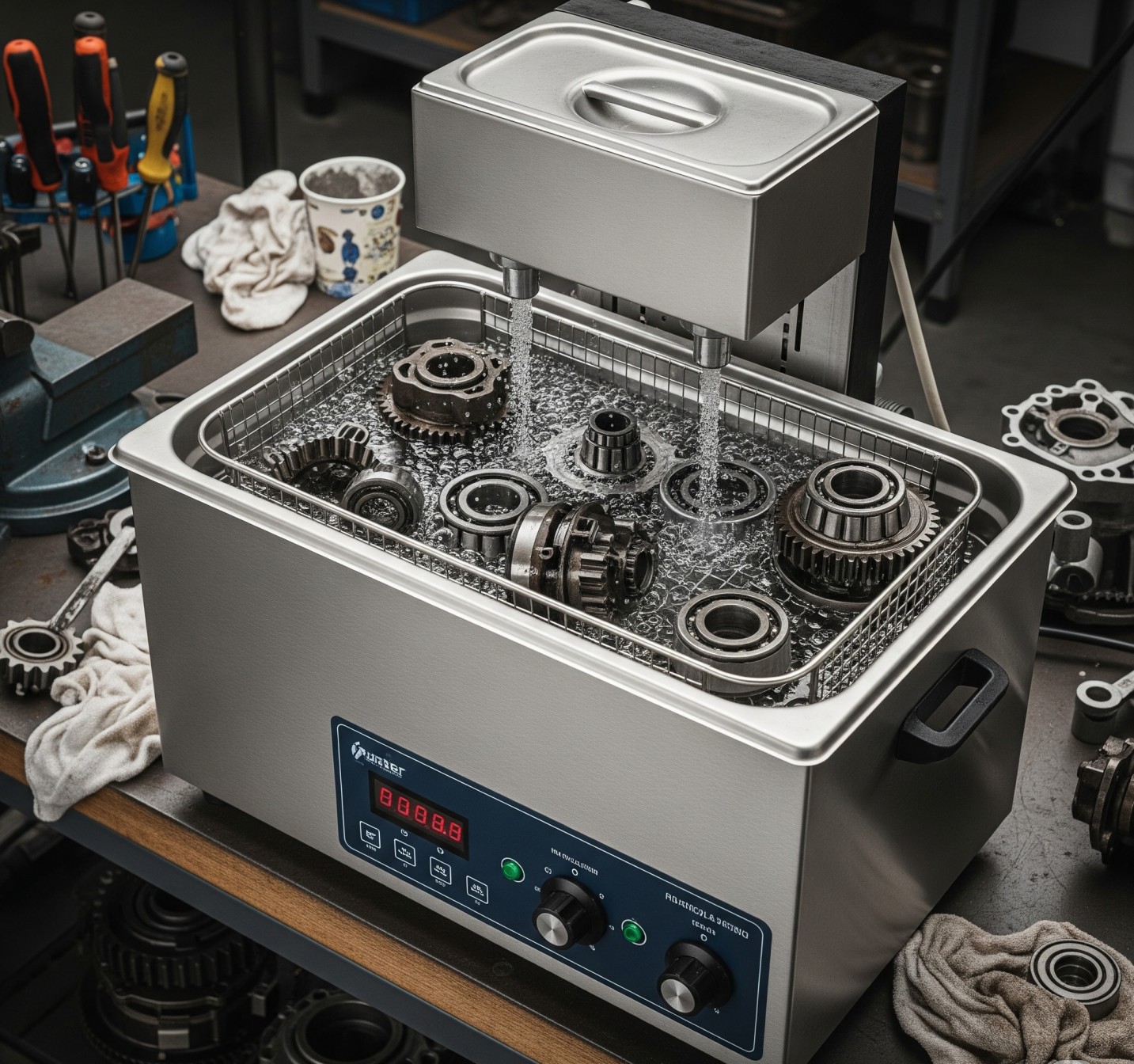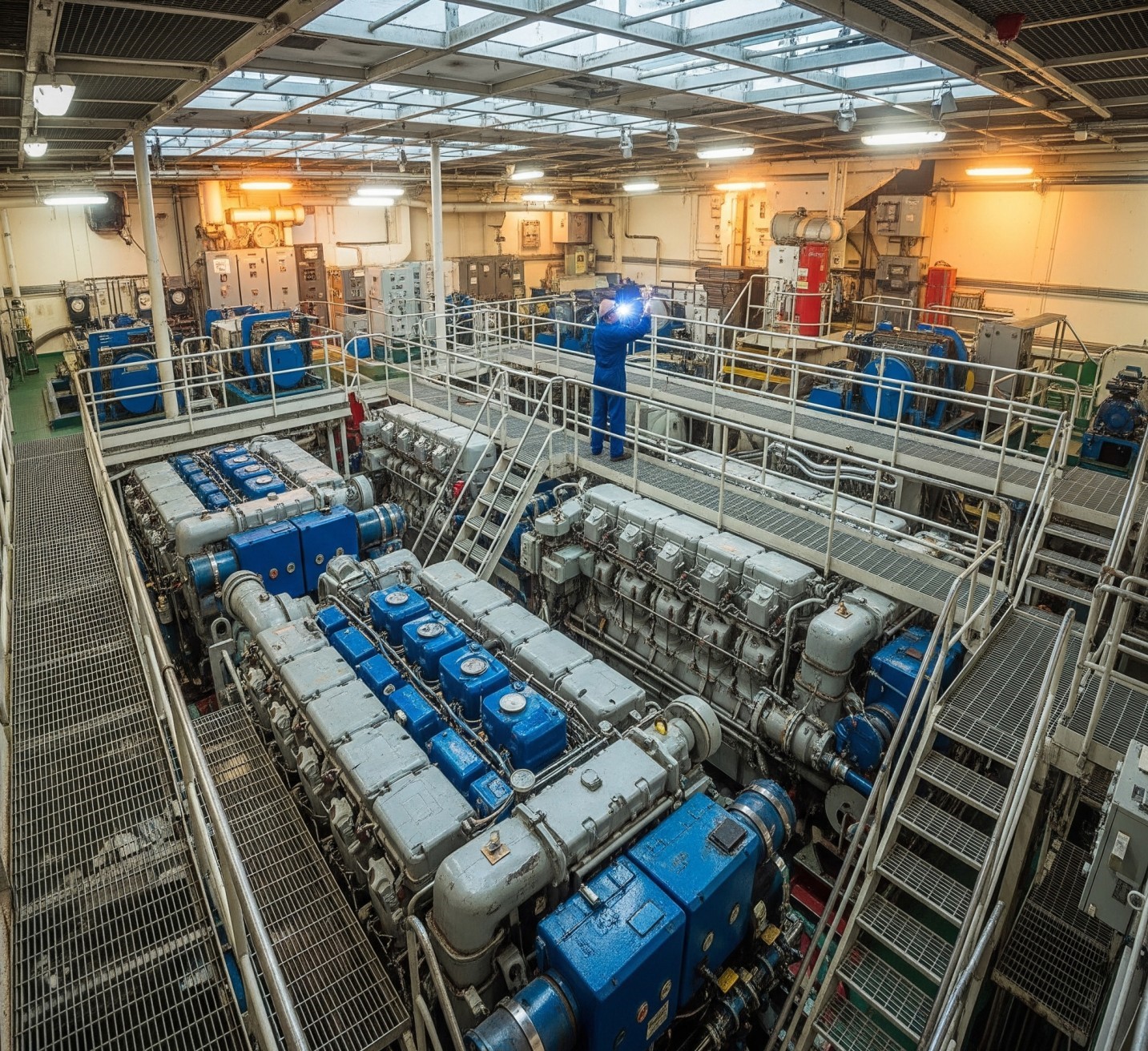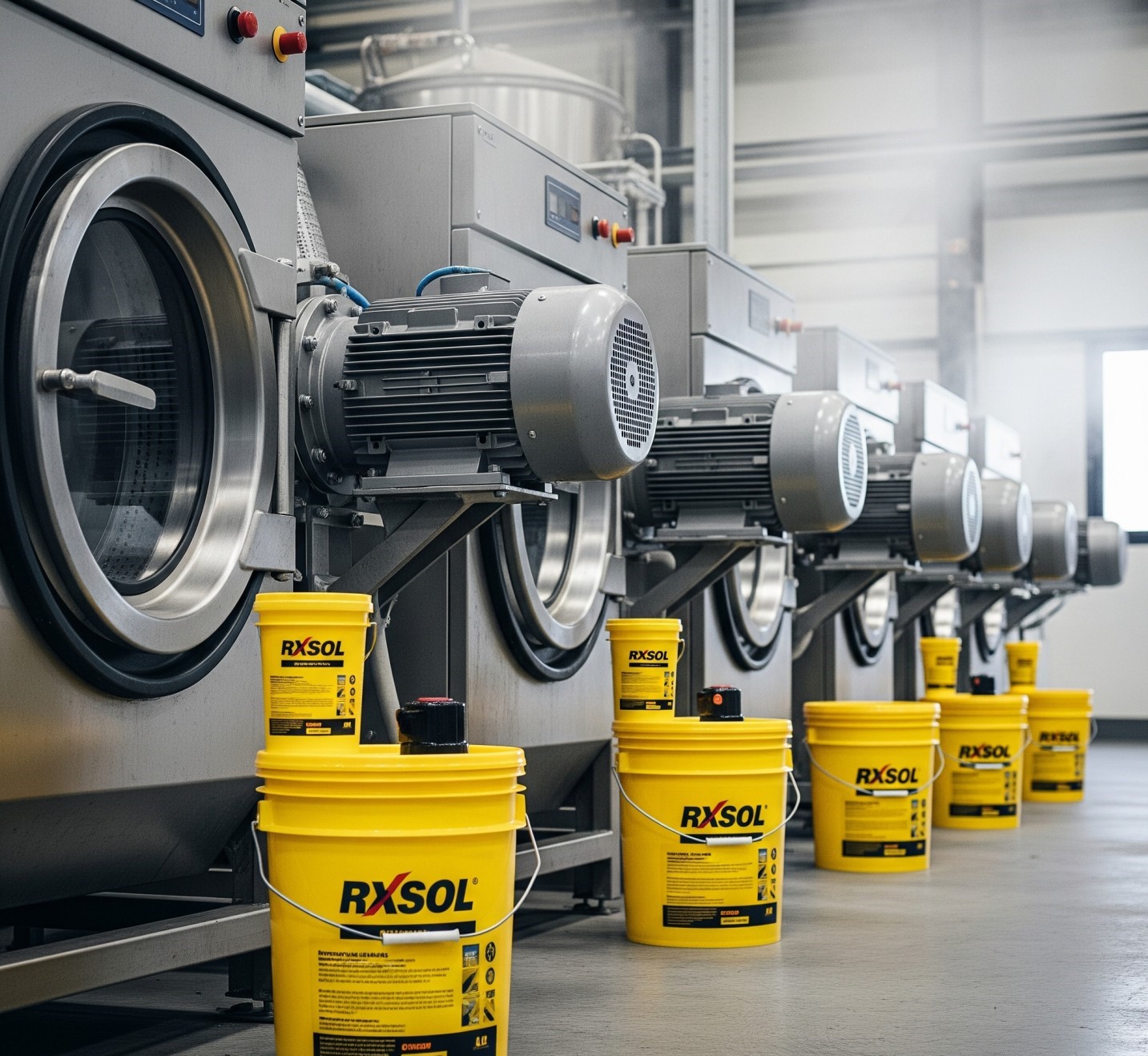Investigations have shown sodium hypochlorite to be an effective disinfectant having broad applications. Although a number of other disinfectants (calcium hypochlorite, ozone, UV, solar disinfection) and treatment processes (filters, slow sand filtration) have been investigated, sodium hypochlorite appears to offer the best mix of low cost, ease of use, safety, and effectiveness in areas where there is enough water to drink and water is not excessively turbid. These characteristics are the reasons why most water treatment systems in the US and Europe have been using chlorine for disinfecting drinking water for nearly 100 years. The other disinfection methods noted above also effectively disinfect water and are useful in a number of settings.
Why does free chlorine in treated water decline over time?
Chlorine is an extremely reactive chemical. Right after the sodium hypochlorite is added to the water, chlorine levels decline because the chlorine is reacting with inorganic and organic matter and microbes. After those reactions are complete, chlorine in water will slowly escape into the air as a gas. This is the reason that free and total chlorine levels slowly degrade over time in a covered (but not sealed) container, and also why it is recommended that the pH level of the hypochlorite solution be raised to over 11 to extend the shelf life of the solution before it is used.
SODIUM HYPO CHLORIDE (FOOD GRADE) Supplier Oman Muscat Barka Salalah Sohar Ruwi Mutrah Nizwa Al Hamra Manah
Email:- mail@muscatchemical.com




